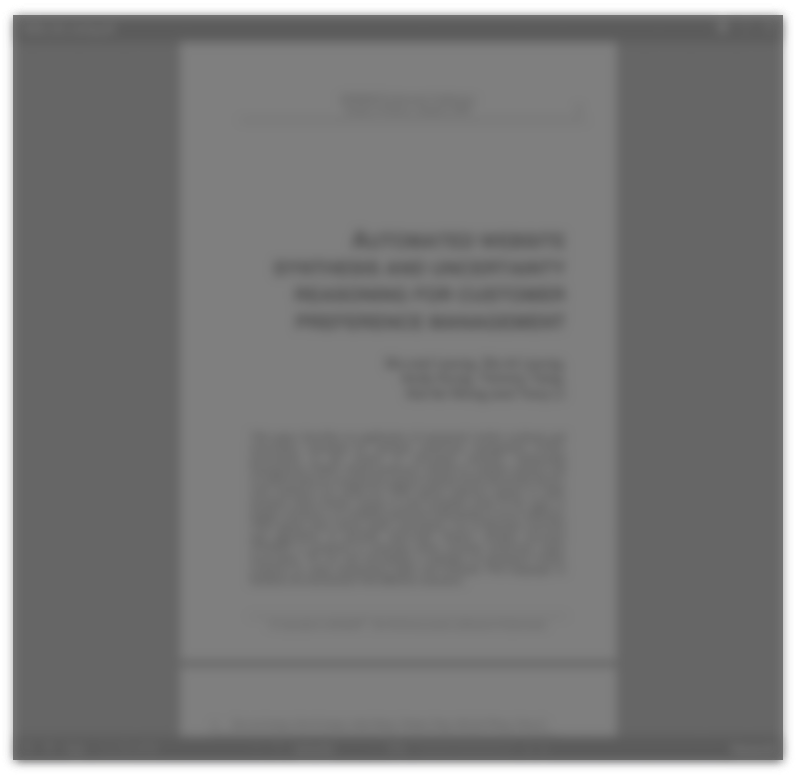Abstract:
This paper describes the use of mapping as a strategic research technique. Case histories are described in which the use of mapping lead to major changes being made in long-term plans. The specific mapping technique used uses nominally scaled data as input. The question of assessing the viability of market segments is also addressed. A methodology is proposed which uses a manual form of cluster analysis. Data generated by the clustering technique are then mapped so as to identify the composition of segments in the market as perceived by consumers. The value of market segments can then be determined by an analysis of the brands lying close to the centres of gravity of the segments. The topic of attribute selection in order to define attitude is discussed, using a case study on the liquor industry as an example. The overall objective of the paper is to put forward a step-wise methodology of attribute definition, measurement of consumer perception, and measurement of business viability, as an integrated approach to using marketing research as an aid to understanding consumers needs, and hence formulating long-term plans.







